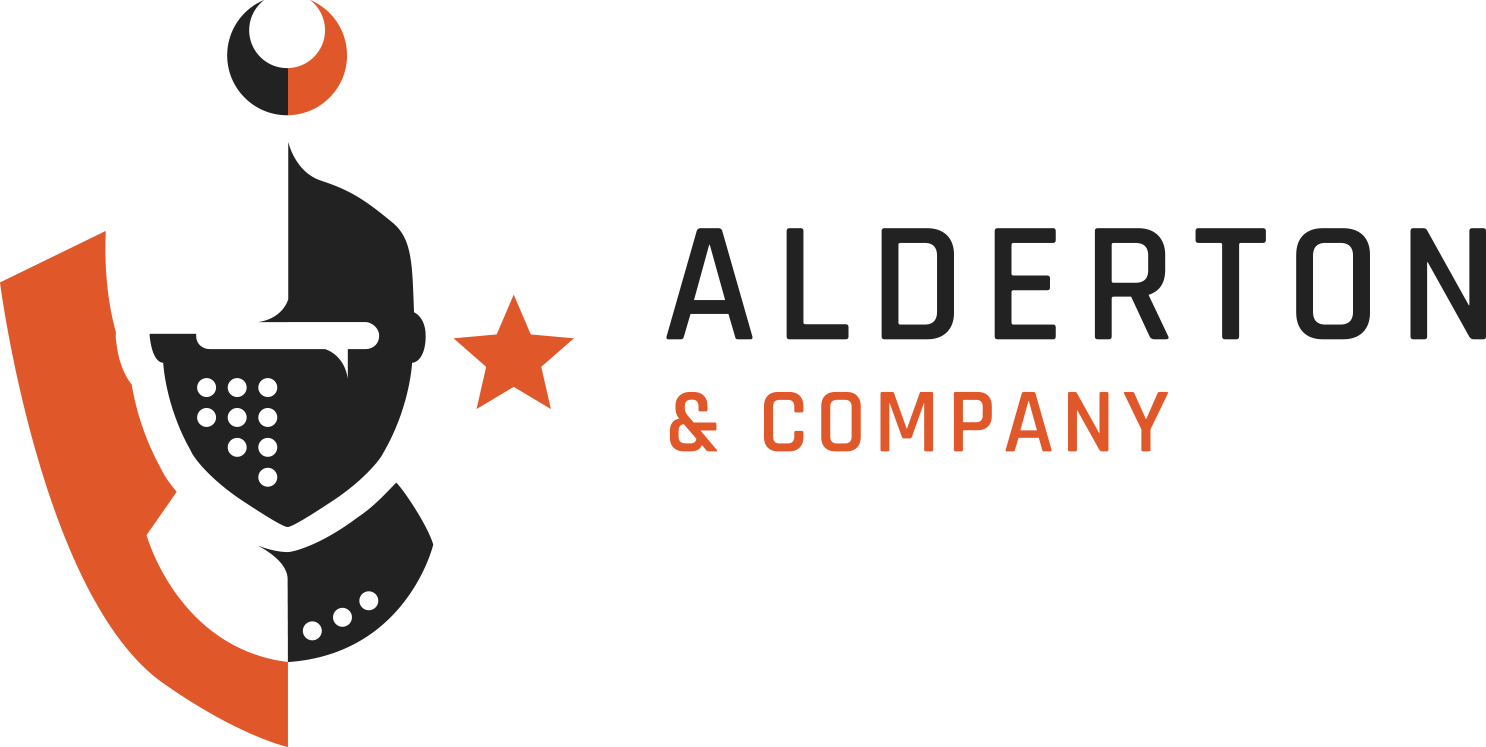
Tax-Advantaged Strategies for High-Net-Worth Individuals | A Comprehensive Guide to Wealth Preservation
October 16, 2024Workforce Management: Building High-Performing Teams


The ability to build and maintain high-performing teams is critical to achieving organizational success. Effective workforce management is not just about ensuring that tasks are completed on time; it’s about creating a work environment that fosters collaboration, innovation, and continuous improvement. This blog will delve into the key components of workforce management and offer practical strategies for building and sustaining high-performing teams.
Understanding Workforce Management
Workforce management refers to the integrated set of processes that an organization uses to optimize the productivity of its employees. It involves forecasting labor needs, scheduling, performance management, and ensuring that the right people with the right skills are in the right roles at the right time. Effective workforce management is essential for creating high-performing teams, as it aligns individual roles with organizational goals.
Key Elements of Workforce Management:
- Workforce Planning: Forecasting staffing needs and ensuring that the organization has the right mix of employees to meet its objectives.
- Talent Acquisition: Recruiting and hiring individuals who not only have the necessary skills but also align with the company’s culture and values.
- Employee Development: Investing in training and development to enhance skills and prepare employees for future roles.
- Performance Management: Regularly assess employee performance and provide feedback to encourage continuous improvement.
- Employee Engagement: Fostering a work environment where employees feel valued, motivated, and committed to the organization’s success.
Characteristics of High-Performing Teams
High-performing teams consistently achieve superior results by leveraging the collective skills and talents of their members. These teams are characterized by:
- Clear Goals and Roles: Every team member understands the team’s goals and their individual role in achieving them.
- Strong Leadership: Effective leaders guide the team, provide direction, and ensure that all members are aligned with the organization’s objectives.
- Open Communication: High-performing teams communicate openly and honestly, sharing information and feedback freely.
- Collaboration and Trust: Team members trust each other and work collaboratively towards common goals.
- Continuous Learning: The team is committed to continuous learning and improvement, always seeking ways to enhance performance.
Strategies for Building High-Performing Teams
Building a high-performing team requires deliberate effort and a strategic approach. Here are some practical strategies:
1. Define Clear Objectives and Expectations
- Start by defining the team’s purpose and setting clear, measurable objectives. Ensure that each team member understands these objectives and how their work contributes to achieving them.
- Establish clear expectations regarding roles, responsibilities, and performance standards. This clarity helps prevent confusion and ensures that everyone is aligned with the team’s goals.
2. Foster a Positive Team Culture
- Cultivate a team culture that promotes mutual respect, collaboration, and inclusivity. Encourage team members to share their ideas and perspectives, and value the diversity of thought.
- Recognize and celebrate successes, both big and small, to build morale and reinforce positive behaviors.
3. Invest in Team Development
- Provide regular opportunities for team members to develop their skills and knowledge. This could include training programs, workshops, or mentorship opportunities.
- Encourage continuous learning and create a safe environment where team members feel comfortable experimenting and learning from mistakes.
4. Encourage Open Communication
- Promote open and transparent communication within the team. Regular check-ins, team meetings, and feedback sessions can help ensure that everyone is on the same page.
- Address conflicts promptly and constructively to prevent them from escalating and disrupting team cohesion.
5. Lead by Example
- Leaders play a crucial role in shaping the team’s behavior and culture. Demonstrate the values and behaviors you expect from your team members, such as accountability, integrity, and a commitment to excellence.
- Be approachable and supportive, providing guidance and resources to help your team succeed.
6. Monitor and Measure Performance
- Use performance metrics to monitor the team’s progress toward its goals. Regularly review these metrics and provide feedback to help the team stay on track.
- Recognize and reward high performance, and address any performance issues promptly and fairly.
7. Foster Collaboration and Innovation
- Encourage collaboration by creating opportunities for team members to work together on projects and share their expertise.
- Foster a culture of innovation by encouraging team members to think creatively and experiment with new ideas and approaches.
The Role of Technology in Workforce Management
Technology plays an increasingly important role in workforce management, providing tools and platforms that help organizations manage their teams more effectively. Here are some ways technology can support workforce management:
- Collaboration Tools: Platforms like Slack, Microsoft Teams, and Asana facilitate communication and collaboration, enabling team members to work together seamlessly, even when they are geographically dispersed.
- Performance Management Software: Tools like 15Five, Lattice, and BambooHR help organizations track and manage employee performance, set goals, and provide feedback.
- Learning Management Systems (LMS): An LMS can be used to deliver training and development programs, track progress, and ensure that employees have the skills they need to succeed.
- Data Analytics: Workforce analytics tools can provide insights into employee performance, engagement, and productivity, helping organizations make data-driven decisions.
Overcoming Challenges in Workforce Management
Building and managing high-performing teams comes with its own set of challenges, such as:
- Managing Remote Teams: With the rise of remote work, maintaining team cohesion and ensuring effective communication can be challenging. Leaders need to adopt strategies that facilitate remote collaboration and keep team members engaged.
- Balancing Individual and Team Goals: It’s important to ensure that individual goals are aligned with team objectives. Leaders should work to strike a balance between recognizing individual contributions and fostering a sense of team unity.
- Adapting to Change: In today’s fast-paced business environment, teams must be adaptable and resilient in the face of change. Leaders should foster a culture that embraces change and encourages continuous learning and innovation.
Conclusion
Building high-performing teams is a critical component of effective workforce management and a key driver of organizational success. By defining clear objectives, fostering a positive team culture, investing in development, and leveraging technology, organizations can create teams that consistently deliver exceptional results. Leaders play a crucial role in this process, guiding their teams towards success and ensuring that they are equipped to meet the challenges of the modern business environment.
High-performing teams are not built overnight; they require ongoing effort, commitment, and strategic focus. By implementing the strategies outlined in this blog, organizations can create teams that are not only high-performing but also resilient, innovative, and ready to tackle the challenges of the future.



